
Professor Rachel Auzély-Velty (University Grenoble Alpes, France), Associate Editor for RSC Applied Polymers, is delighted to share with you some of her top research highlights published in the journal so far.
Loosely connected to her expertise in polysaccharides and of biomaterials, here are a selection of the papers she has chosen:
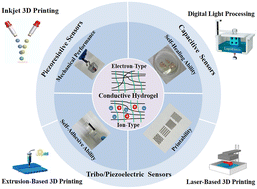
Recent progress in the development of conductive hydrogels and the application in 3D printed wearable sensors
Yuxuan Lin, Ruxue Yang and Xin Wu
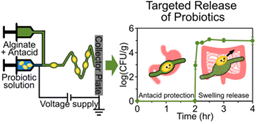
Targeted release of live probiotics from alginate-based nanofibers in a simulated gastrointestinal tract
Emily Diep and Jessica D. Schiffman
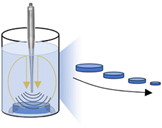
Sonication labile PEG-based hydrogel system for biological component suspension and subsequent degradation
Meagan N. Arguien, Joshua T. Kamps, Sarah A. Muth, Marianela Trujillo-Lemon and Christopher N. Bowman
Professor Auzély-Velty shared a video last year to introduce herself:
Find out more about Rachel Auzély-Velty
Rachel Auzély-Velty is full Professor at Université Grenoble Alpes (UGA). She is leading the group “Structure and Modification of Polysaccharides” in CERMAV-CNRS (Grenoble) where she was recruited as a CNRS researcher in 1999 before being promoted to full Professor at UGA in 2005. Her research interests lie in the fields of chemistry and physico-chemistry of polysaccharides and of biomaterials (especially hydrogels). Potential target applications include controlled and targeted drug delivery, cell therapy and tissue engineering. She has published more than 110 papers related to polysaccharide chemistry in international journals, 6 book chapters, and 14 patents.
Discover some of Rachel’s research published in RSC journals:
A cross-linkable and resorbable PEDOT-based ink using a hyaluronic acid derivative as dopant for flexible bioelectronic devices
Maxime Leprince, Simon Regal, Pascal Mailley, Fabien Sauter-Starace, Isabelle Texier and Rachel Auzély-Velty
Mater. Adv., 2023. DOI: 10.1039/D3MA00170A
Self-crosslinking smart hydrogels through direct complexation between benzoxaborole derivatives and diols from hyaluronic acid
Tamiris Figueiredo, Yu Ogawa, Jing Jing, Vanina Cosenza, Isabelle Jeacomine, Johan D. M. Olsson, Thibaud Gerfaud, Jean-Guy Boiteau, Craig Harris and Rachel Auzély-Velty
Polym. Chem., 2020. DOI: 10.1039/D0PY00308E
Boronic acid and diol-containing polymers: how to choose the correct couple to form “strong” hydrogels at physiological pH
Tamiris Figueiredo, Vanina Cosenza, Yu Ogawa, Isabelle Jeacomine, Alicia Vallet, Sonia Ortega, Raphael Michel, Johan D. M. Olsson, Thibaud Gerfaud, Jean-Guy Boiteau, Jing Jing, Craig Harris and Rachel Auzély-Velty
Soft Matter, 2020. DOI: 10.1039/D0SM00178C
RSC Applied Polymers
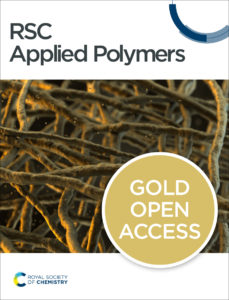 Offers you an impactful platform for research focusing on the application of polymers, both natural and synthetic.
Offers you an impactful platform for research focusing on the application of polymers, both natural and synthetic.
Read the latest issues online here a find out more by visiting our webpage or contacting our Editorial Office by email.
Make sure you never miss an update – sign up for our e-alerts and follow us on X, Bluesky and LinkedIn.
Comments Off on Editor’s Choice collection: Rachel Auzély-Velty





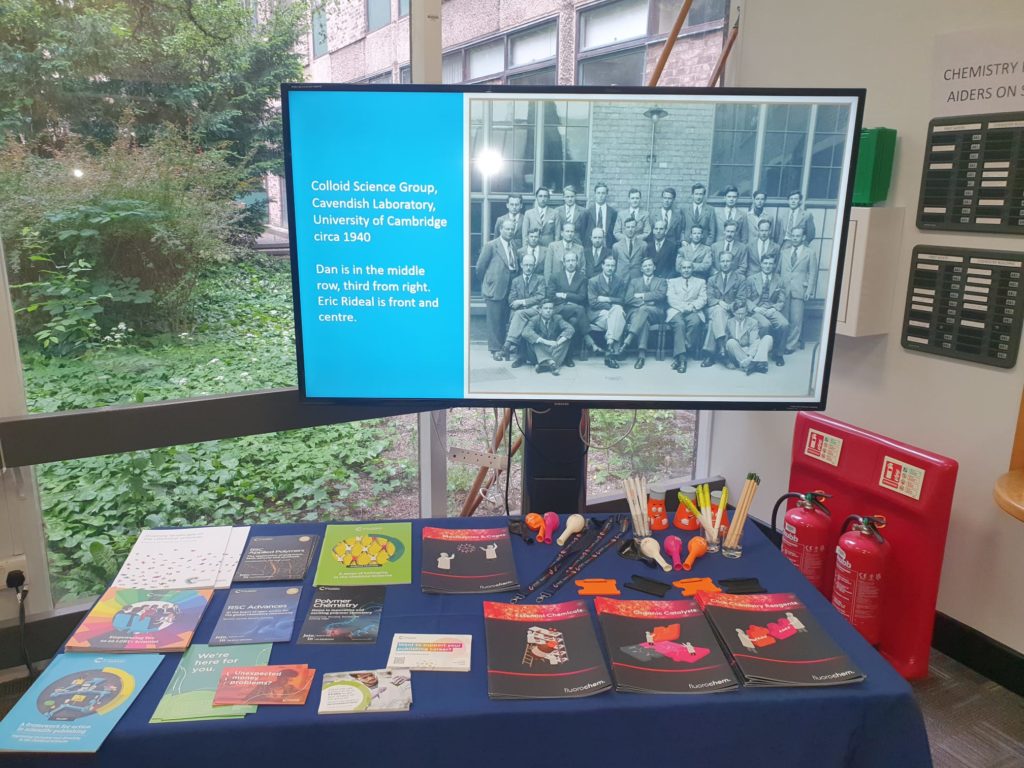

 RSC Advances Prize
RSC Advances Prize
 Polymer Chemistry Prize
Polymer Chemistry Prize



 Offers you an impactful platform for research focusing on the application of polymers, both natural and synthetic.
Offers you an impactful platform for research focusing on the application of polymers, both natural and synthetic.